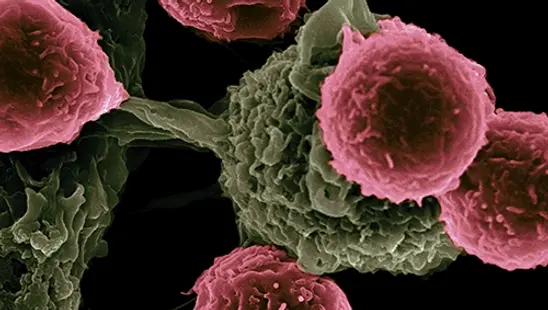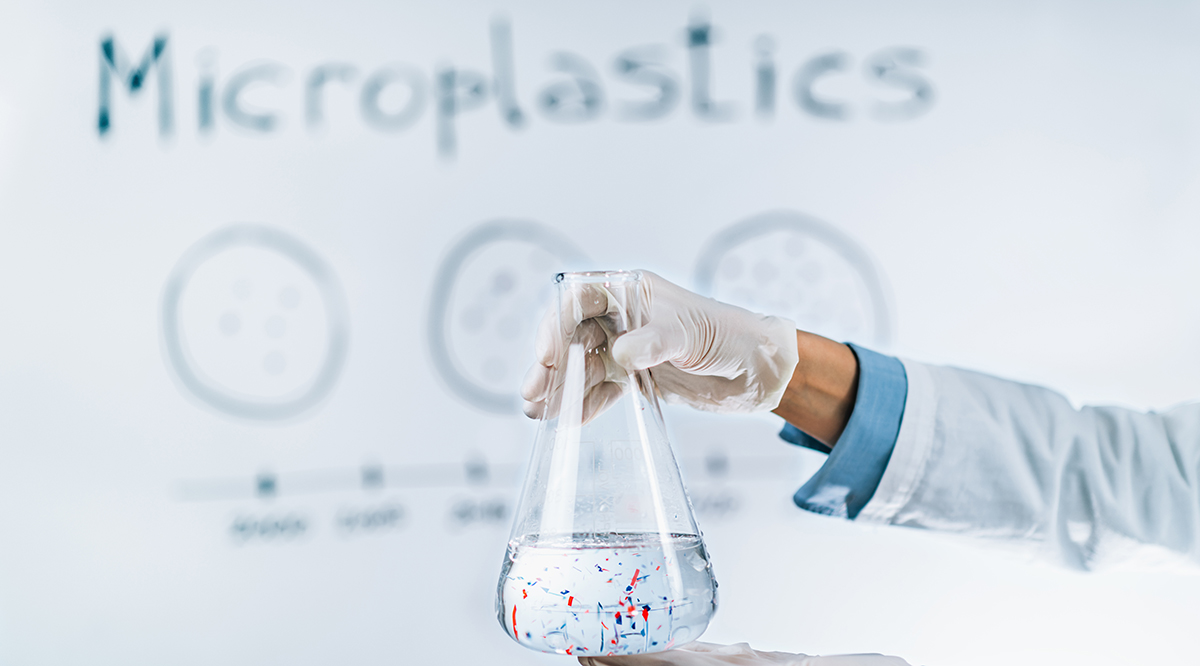Potential Health Risks

Potential Illnesses Posed by Extensive Microplastic Exposure
Cardiovascular diseases: Some research has drawn associations between microplastics and poor cardiovascular health.
Cancer: Chemicals found in plastics are known to cause various cancers.
Metabolic disorders: There are concerns about metabolic issues related to microplastic exposure.
Reproductive issues: Studies in animals have shown reduced sperm count and quality, ovarian scarring, and metabolic disorders in offspring.
Cognitive decline: Research on mice has shown signs of cognitive decline similar to dementia after exposure to microplastics.
Respiratory issues: Microplastics have been found in lung tissue, raising concerns about respiratory health.
HARMFUL CHEMICALS IN MPs
MPs are composed of various chemicals. A recent study has found over 10,000 different chemicals used in plastics, and of these, over 2,400 of them including Endocrine-Disrupting Chemicals (EDCs),are potentially harmful and toxic. Here are some examples. (B)
BPA/ Bisphenol A
Studies indicate a possible association between exposure to BPA, increased blood pressure, and a heightened risk for type 2 diabetes, children’s behavioral problem, and cardiovascular disease. (C ,B)
Brominated flame retardantsExposure to flame retardants can cause neurological damage, hormone disruption, and cancer. One of the biggest potential dangers of some flame retardants is that they bio-accumulate in humans, causing long -term chronic health problems as bodies contain higher and higher levels of these toxic chemicals. (C,B)
Phathalates
Human epidemiological studies have demonstrated a correlation between exposure to phthalates and adverse reproductive effects in both males and females. Exposure can cause a range of other health issues as well, including type II diabetes, insulin resistance, obesity, 13allergies, and asthma. (C,B)
Nonylphenols
Nonylphenol is an endocrine-disrupting chemical that can interfere with normal hormonal processes, resulting in the early onset of menstruation, reduced sperm count, and impaired reproductive health. (C,B)
Perfluoroalkyl and Polyfluoroalkyl Substances (PFAS)High exposure may reduce human fertility. Several studies have indicated a correlation between the presence of PFAS in human blood and an increase in both total cholesterol and non-HDL cholesterol levels. (C,D)
Citations:
C. Diamanti-Kandarakis E, Bourguignon JP, Giudice LC, Hauser R, Prins GS, Soto AM, Zoeller RT, Gore AC. Endocrine-disrupting chemicals: an Endocrine Society scientific statement. Endocr Rev. 2009 Jun;30(4): 293-342. doi: 10.1210/er.2009-0002. PMID: 19502515; PMCID: PMC2726844
D. Rotchell JM, Jenner LC, Chapman E, Bennett RT, Bolanle IO, Loubani M, et al. (2023) Detection of microplastics in human saphenous vein tissue using μ FTIR: A pilot study. PLoS ONE 18(2): e0280594. https://doi.org/10.1371/journal. pone.0280594
E. Horvatits T, Tamminga M, Liu B, Sebode M, Carambia A, Fischer L, Püschel K, Huber S, Fischer EK. Microplastics detected in cirrhotic liver tissue. EBioMedicine. 2022 Aug;82:104147. doi:10.1016/j.ebiom. 2022.104147. Epub 2022 Jul 11. PMID: 35835713; PMCID: PMC9386716



